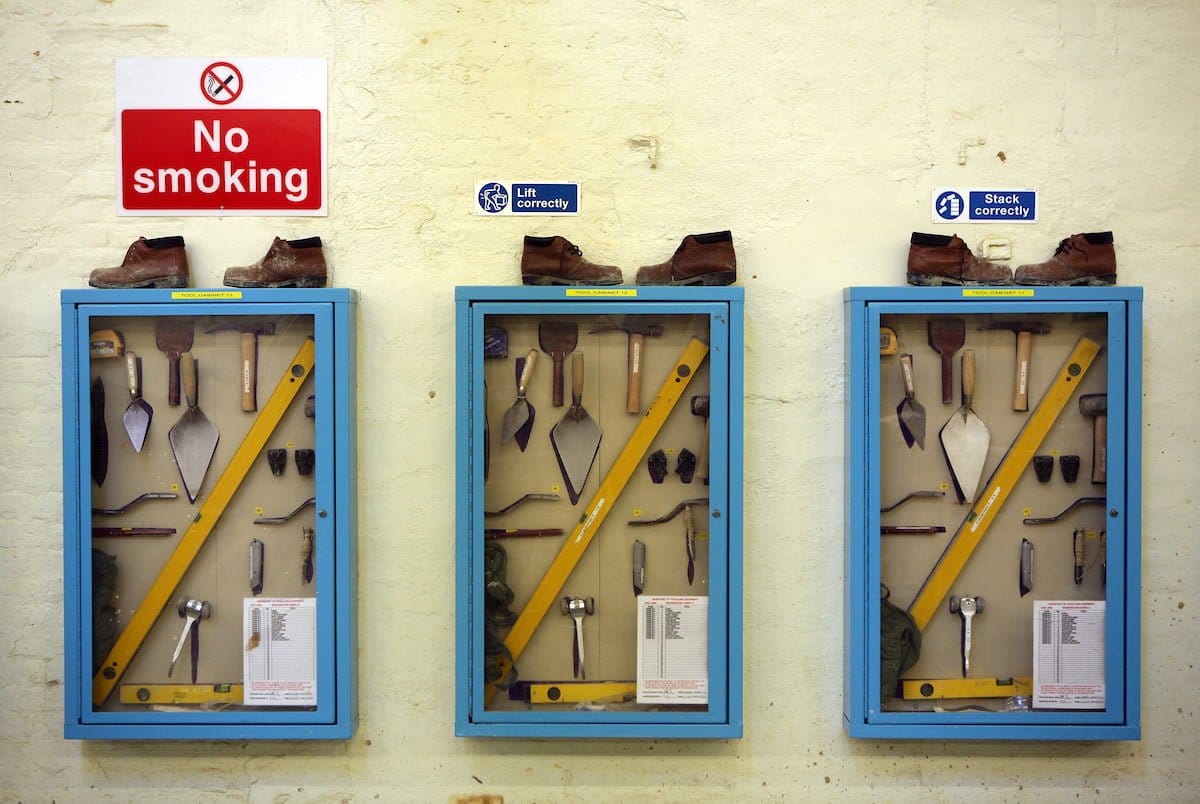Safety in Prisons
Debate
A Westminster Hall debate on health and safety for prison staff is scheduled for today, Wednesday 18 March 2020 at 9.30am.
On Monday, The House of Commons Library published its debate pack, containing a summary of key issues and identifying relevant briefings and useful documents, including both press and Parliamentary material. The Library typically prepares these briefings for most non-legislative debates in the Chamber and Westminster Hall.
This blog posts share some of the key information from the debate pack.
Safety in prisons
Chief Inspectors of Prisons, the Prison and Probation Ombudsman, Independent Monitoring Boards and the Justice Committee have all repeatedly expressed concern about a decline in prison safety since 2012. For more information see the Library briefing Prison Safety in England and Wales.
Assaults on staff
The number of assaults on staff has been rising consistently since the start of 2015, reaching a peak of 10,424 assaults on staff in the year ending June 2019. Before 2015, there were around 3,000 recorded assaults on staff per year. The rise in assaults has begun to slow down, with the number being fairly level since mid-2018 (albeit rising slightly in 2019). The most recent figures at the time of writing show a slight fall, to 10,059 assaults on staff in the year ending September 2019.
The level of violence in prisons in general has been rising. The annual number of assaults by prisoners, which includes assaults on staff, more than doubled between 2010 and 2019, and was around 33,000 in the year ending September 2019.
Staffing levels
The number of prison officers fell by a quarter between 2010 and 2014, going from around 25,000 to 18,000. Between 2014 and 2017, the number stayed at around 18,000 before increasing again to nearly 23,000 in 2019 as the result of a recruitment drive. The result of the changes of the last decade is that, although the number of prison officers is almost back at its 2010 level, the collective level of experience within the workforce has decreased substantially. In 2010, 7% of prison officers had been in post for less than 2 years compared with 35% in 2019. The proportion with 10 years’ experience or more went from 56% of officers to 46% in the same period.
The Joint Unions in Prisons Alliance – Safe Inside
The Joint Unions in Prisons Alliance (JUPA) has raised concerns about health and safety conditions for prison staff. JUPA includes a number of trade and professional organisations with members working to provide services inside prisons. JUPA’s May 2019 position statement listed their key concerns:
- Unsafe staffing
- Work-related violence
- Impact of exposure to psychoactive substances
- Working conditions and overcrowding.
JUPA’s June 2019 report, Safe Inside states that health and safety is now the preeminent concern of members. The report provides the results of a survey of staff working in prisons and concludes that the results “present a picture of a prison system that is failing to meet the basic health and safety needs of the prison workforce”. JUPA has developed a Safe Inside Prisons Charter. An EDM tabled on 25 February 2020 notes the high levels of violence against prison staff and welcomes the Safe Inside Prisons Charter, calling on the Government to adopt it.
Government policy
The Justice Secretary was asked in a PQ in July 2019 what recent steps he had taken to improve the health and safety of prison staff. Robert Buckland replied:
- The health and safety of our staff and those in our care remains our top priority. Risks to staff are continually assessed, and suitable controls are implemented accordingly. The effectiveness of those controls is monitored at local and national level, and through joint audit work with prison unions.
In August 2019 the Government announced £100 million to fund airport-style security to “reduce illicit items which fuel violence and hinder rehabilitation”. The first sixteen prisons to receive scanners were identified in January 2020. The Government has said prison officers are being given tools to help them do their job more safely. The Ministry of Justice announced in October 2018 that prison officers would be issued with incapacitant spray, PAVA. A press release stated that the national roll out, to prisons for adult males, followed a successful pilot at four prisons. Rigid Bar handcuffs are being provided to prison officers in the adult male estate.
Coronavirus
On 12 March 2020 Prisons Minister, Lucy Frazer, made a statement on preparedness to deal with coronavirus (COVID-19) in prisons. Public Health England and the Ministry of Justice also published official guidance on this issue (which I have summarised here). Yesterday, the OJ also published additional guidance for those planning to visit prisons during the coronavirus pandemic.
Conclusion
It will be interesting to see if new information emerges during the course of the debate.
Thanks to Andy Aitchison for kind permission to use the images in this post. You can see Andy’s work here.








